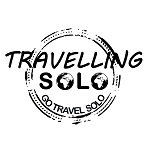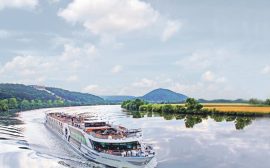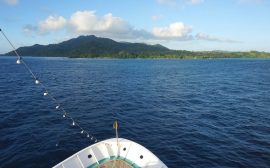Iceland has long been calling solo travellers to its shores, sparking curiosity from adventurers keen to discover for themselves the magical and pristine beauty of the country.
And it’s easy to see why it has become so popular over the last years: wide open spaces, seemingly endless opportunities to explore something new, a wild and untamed nature – all these things contribute to making Iceland one of the best places to travel solo.
Renting a campervan is without a doubt the best way to experience this magnetic and unpredictable country – read on to find out why you should get out there and do it, and some tips to prepare for your solo campervan trip through Iceland.
Why You Should Rent a Camper Van
You’ll be in the middle of it all

Stepping into Iceland is like stepping into the past – it is still being violently moulded by the forces of nature, and is literally a country in the making. Chaotically clashing throughout the landscapes are volcanoes, windswept glaciers, bubbling mud pots, ancient fields of lava and jagged peaks of immense mountain ranges.
With a campervan, you will always be staying out in the middle of all of it – there are truly unique campsites spread across the entire country in national parks, on beaches, at the base of mountains, even right next to waterfalls. Waking up and stepping immediately outside into the beautiful surroundings are a treat unto itself, and nothing beats sitting in a camp chair in a campsite while watching the northern lights dance across the sky, or the midnight sun dipping under the horizon and creating some truly spectacular colours across the landscapes.
Freedom to move where you want, when you want
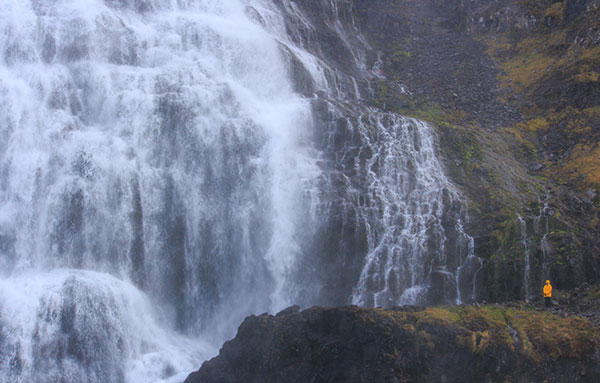
One of the best things about solo travelling is the ability for uninhibited movement because you don’t have to please everyone else who is on the trip with you. Even though you have to stay in campsites, if you don’t fancy the area you’re in or are chasing some good weather – no worries. Hop in your camper and move on to the next site.
It also takes a lot of the stress out of organising your trip; instead of having to figure out exactly where you’ll be each night, you can go at your own pace. No hotels to worry about checking in and out of, just you, your camper, and the gorgeous countryside. And that brings me to my next point…
It’s cheap
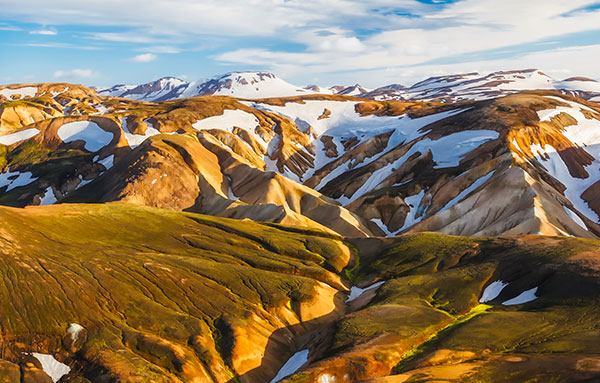
You’ve basically rented a car and paid for your accommodation in one fell swoop. With the Icelandic Kroner stronger than ever, and tourist numbers increasing dramatically, never has accommodation in Iceland been as expensive. Opting to rent a camper has already saved you hundreds of dollars that you would’ve normally spent on staying in hotels, and also gives you the facilities to cook your own meals to save you money on eating out at restaurants every night.
The only cost left to pay is for staying at the campsites, but it’s literally a fraction of the price of a hotel – and a lot more fun.
Campervan Top Tips
Who to rent with?
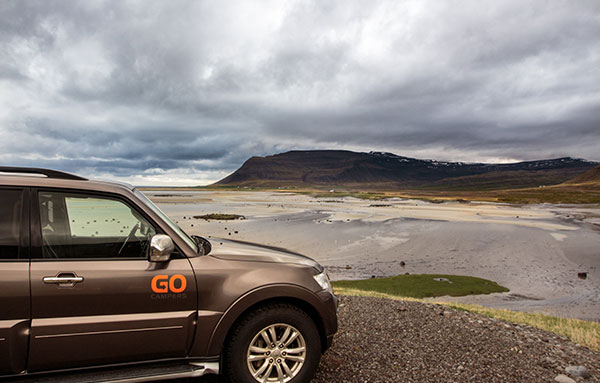
With a number of Campervan companies popping up in Reykjavik over the past two years, it’s easy to be overwhelmed by choices when it comes to researching who to book with.
However, Go Campers come highly recommended both for their expertise and prices. Included in the camper is all the cooking gear you’ll need to cook up camping style feasts during the evenings, and you can add and pay for any extras you think you’ll need when picking up the camper, meaning that you can tailor your trip to whatever budget you’re operating on. The extras offered are things like camping chairs, sleeping bags (highly recommended), tables, and even Wi-Fi routers. Everything you need to make your solo camping adventure one of the best trips of your life.
Can I Pull Over Anywhere and Stay the Night?
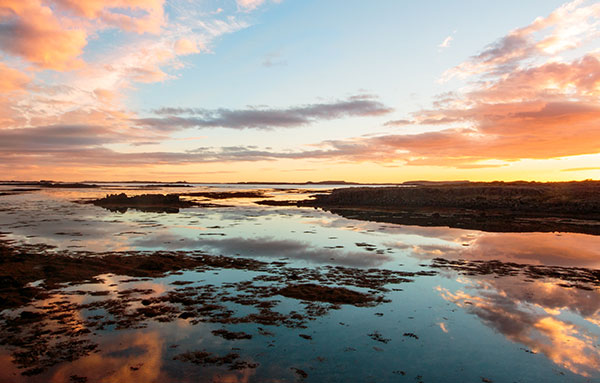
As previously mentioned, camping in Iceland is the best way to connect with nature on a trip here. However, travellers must do their utmost to preserve the otherworldly landscapes. For campervans, it is required to stay in campsites when pulling over for the night. Luckily the campsites in Iceland are well-equipped, and there are over 200 sites across the entire country – so there’s no shortage of places to stay. In the summer all of the campsites are open, so there’s no real need to plan out which ones you’ll be staying in, but during the darker winter months only a handful are open; make sure to plan carefully.
If you are pulling off of the main route into an out-of-the-way back road to camp, you must seek permission from the landowner of the area (top tip: it’s usually the nearest farmhouse). Always do this before setting up camp, stick to the tracks so that you don’t do any damage to the land, and make sure to take all of your rubbish with you. As a solo traveller, landowners will be much happier to let you stay a night or two on their land. They definitely appreciate you asking rather than just camping, and you might even be shown a secret hot pot or two for your troubles.
Stay Connected

I decided to add on one of those portable wifi routers offered by Go Campers, and was very thankful I did. It had exceptional coverage around the whole country, helped me research and plan what was in the areas I was travelling through, and definitely staved off the lonely blues that often come to bug solo travellers.
Plus, I was able to post photos the whole time so that I could instil envy into my friends and family back home – another one of the true pleasures of travel.
Insurance
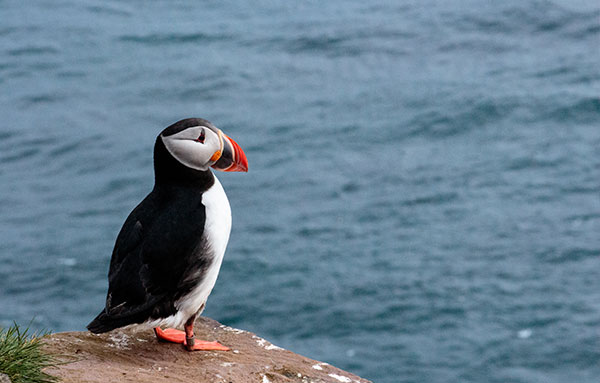
Iceland is a country full of rough dirt tracks, wild weather, and narrow roads with a lot of traffic on them. Included insurances on a campervan rental will give you some basic coverage for collisions and gravel damaging the windshield, but it’s often worth paying a little more for some extra insurances.
Gravel insurance gives you peace of mind, completely protecting the front of the car and windshield from any chips or cracks caused by stray bits of gravel. It will definitely pay for itself when you get off the main tourist trails and venture off down some mysterious dirt roads. It’s important to remember though that any wind damage caused to campers isn’t covered by any insurance, so hang on tight when opening doors so that the wind doesn’t rip them right off!
What you should pack

The Icelandic weather is notoriously unpredictable, so you need to be prepared for all types of weather. Even in the summer months, always pack warm clothes, a waterproof jacket and waterproof shoes. The beauty of a campervan means that there’s no need to pack a tent, sheets, or any kind of cooking gear though – it all comes with the camper. I would definitely recommend either renting out a sleeping bag or bringing your own (if you’ve got room) as temperatures can drop to chilly lows overnight during Iceland’s so-called summer.
Eating Options
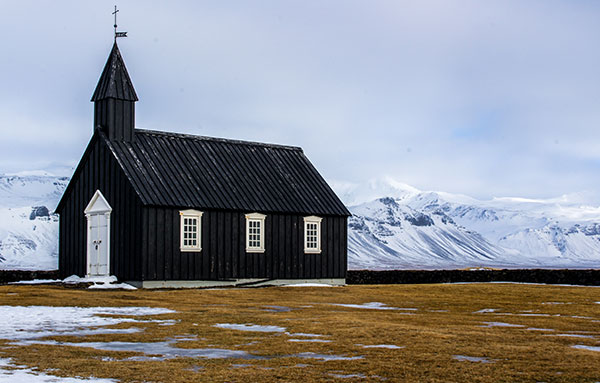
As just mentioned, campervans come with all the cooking gear you’ll need. A small gas cooker means that you’ll need to stock up on gas for your trip, and it’s also a good idea to hit up a supermarket before leaving the city as well – they’re a bit few and far between outside of Reykjavik. Ideal foods are things like pasta, eggs, sandwiches, instant noodles, etc. Bonus is the cheap supermarket which generally has everything you’ll want to buy.
Most importantly, if you’re after a few well-earned beers after a day of exploring, make sure to buy some on your way through Duty Free at the airport; you’ll save a lot of money due to high taxes inside the country.
Where should you go?
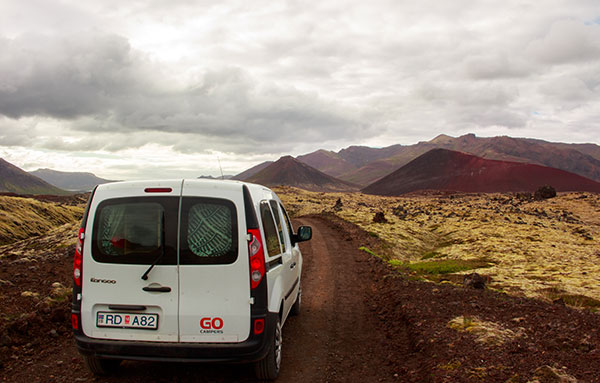
To make it around the entire ring road it’s usually wise to set aside 10 days of travel, but people often do it in 7. If you have a little bit less time, focus in on a few different regions rather than trying to see the whole country. Around Reykjavik and the South Coast is the most popular, with waterfalls, mountains, glaciers and hot springs at your doorstep.
The magnificent Westfjords are somewhat isolated from the rest of the country, and it’s always advised to take an extra 3-4 days to explore them. This region is devoid of tourists, and the towering mountains in the sub-arctic environment are the true attractions here.
The north is the Iceland we all imagined in our mind – the highly volcanically active areas feels like you’ve stepped onto a different planet.
East Iceland is bar far the quietest of the regions, but it’s here where you’ll find spectacular hiking and scenery, cute towns dwarfed by giant fjords, and Iceland’s reindeer population. The staff at Go Campers were more than happy to help me plan my itinerary, and even suggested some sights that I hadn’t heard about before.
Iceland is one of the most exciting countries on this planet, begging to be explored and inspiring awe through its geological anomalies. As a solo traveller, it’s an ideal destination – it’s easy to find yourself your own slice of Iceland all to yourself, and exploring it with a campervan is the best way to do it.
